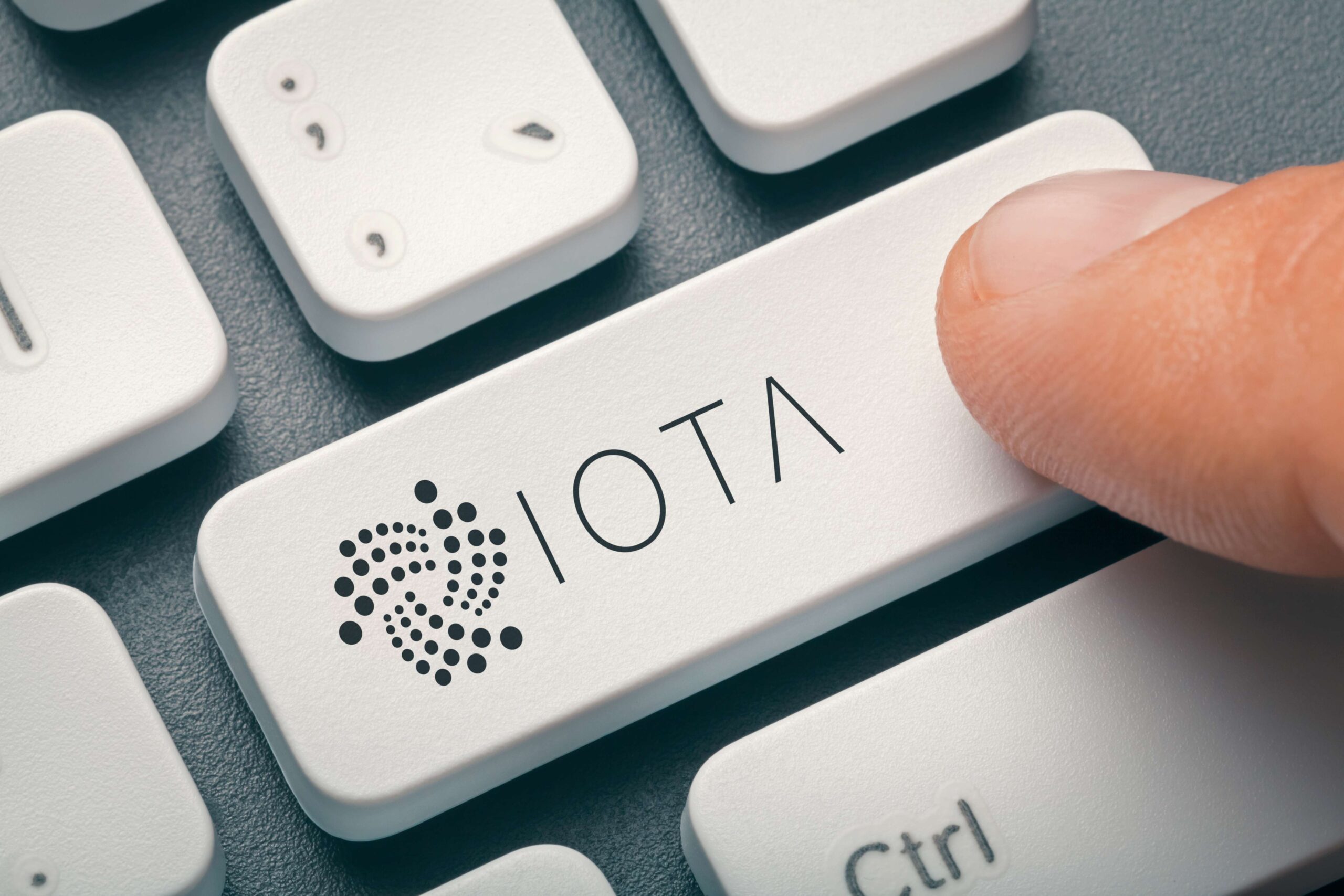MakerDAO, the decentralized autonomous organization (DAO) behind the DAI stablecoin, recently passed a new “constitution” aimed at formalizing its governance process and bolstering decentralization.
This constitution is a key component of the “Endgame Plan” designed to transform MakerDAO into a truly decentralized organization, with DAI potentially becoming the world’s reserve currency.
The Maker Constitution acknowledges the inherent resilience of decentralized systems like Bitcoin and Ethereum, which have withstood adversarial events and remain uncensorable. However, unlike these systems, the Maker Protocol relies on human decisions made by $MKR token holders, making it more susceptible to weaknesses and vulnerabilities that could lead to the protocol’s failure or loss of user funds.
To address these risks, the Maker Constitution employs “alignment engineering,” a practice that designs mechanisms, incentives, and shared habits to align the interests of the entire ecosystem. The constitution establishes clear definitions and delineations of roles within the governance framework, ensuring transparency and reducing complexity. It also enforces a separation of concerns, discouraging actions that risk taking the DAO towards governance failure.
Recognizing that budgeting, resource allocation, and control over governance privileges are vulnerable aspects of a DAO, the Maker Constitution emphasizes the importance of robust grassroots community participation. The constitution aims to enforce a self-sustaining equilibrium where MKR token holders can effectively govern the DAO while promoting its growth and adaptation.
In a bid to counterbalance rigidity and immutability, the Maker Constitution introduces a system for incubating and launching SubDAOs, which operate as semi-independent DAOs linked to Maker Governance that enable fast-moving innovation, growth, and experimentation. These SubDAOs also allow for the delegation of responsibility and risk within specific, highly complex areas.
Despite the constitution’s approval with 76.04% of MKR votes, some users have criticized it as authoritarian. Critics argue that restrictions on communication from constitutional delegates effectively “muzzle” them and inhibit their ability to gather information.
As the Maker Constitution takes effect, it is poised to play a crucial role in fortifying the protocol’s governance, enhancing decentralization, and ultimately, achieving MakerDAO’s ambitious Endgame Plan.
The Maker Constitution sets the stage for the document’s purpose and vision by acknowledging the inherent strength and resilience of blockchain technology, cryptocurrency, and decentralized finance (DeFi). It highlights how these systems, exemplified by Bitcoin and Ethereum, have demonstrated their ability to withstand adversarial events and maintain security, which is difficult to achieve in centralized systems.
The Maker Constitution, however, acknowledges that the Maker Protocol is fundamentally different from Bitcoin and Ethereum in that it relies on human governance decisions made by $MKR token holders. This reliance introduces weaknesses and vulnerabilities that can potentially result in the protocol’s failure or loss of user funds.
While the constitutive aspects of the writing recognizes the importance of addressing full-scale governance attacks, such as takeovers or theft of all DAI collateral, it also emphasizes the need to address slow-moving, slippery slope governance risks, like cultural shifts, creeping misalignment, or structural inability to achieve results. These risks can emerge spontaneously and, if left unaddressed, can pave the way for full-scale governance attacks.
The Maker Constitution highlights the importance of grassroots community participation and alignment with the protocol’s purpose as essential tools for defending against these risks. It emphasizes the importance of nurturing a community that transcends mere financial gain, to create a united front that can effectively protect the protocol.
It is precisely in this manner that the Maker Constitution sets the pace for its DAO, emphasizing the need for a robust governance framework that safeguards the protocol against both immediate and long-term risks. This framework aims to foster a strong, aligned community dedicated to promoting the protocol’s resilience and success.
Credit: Source link












































